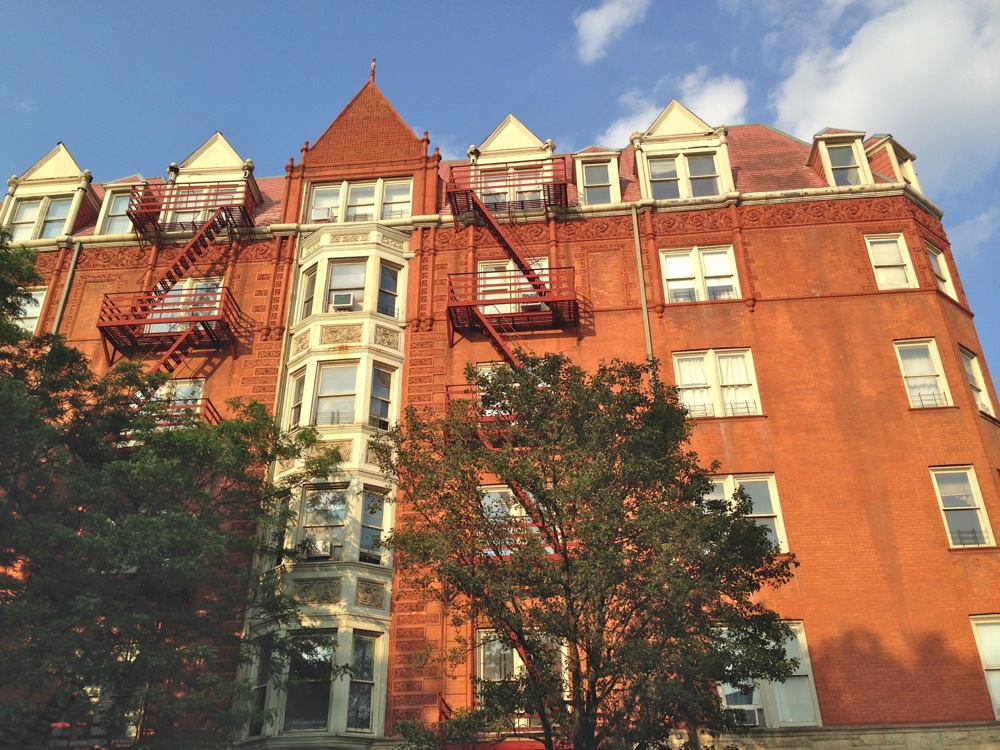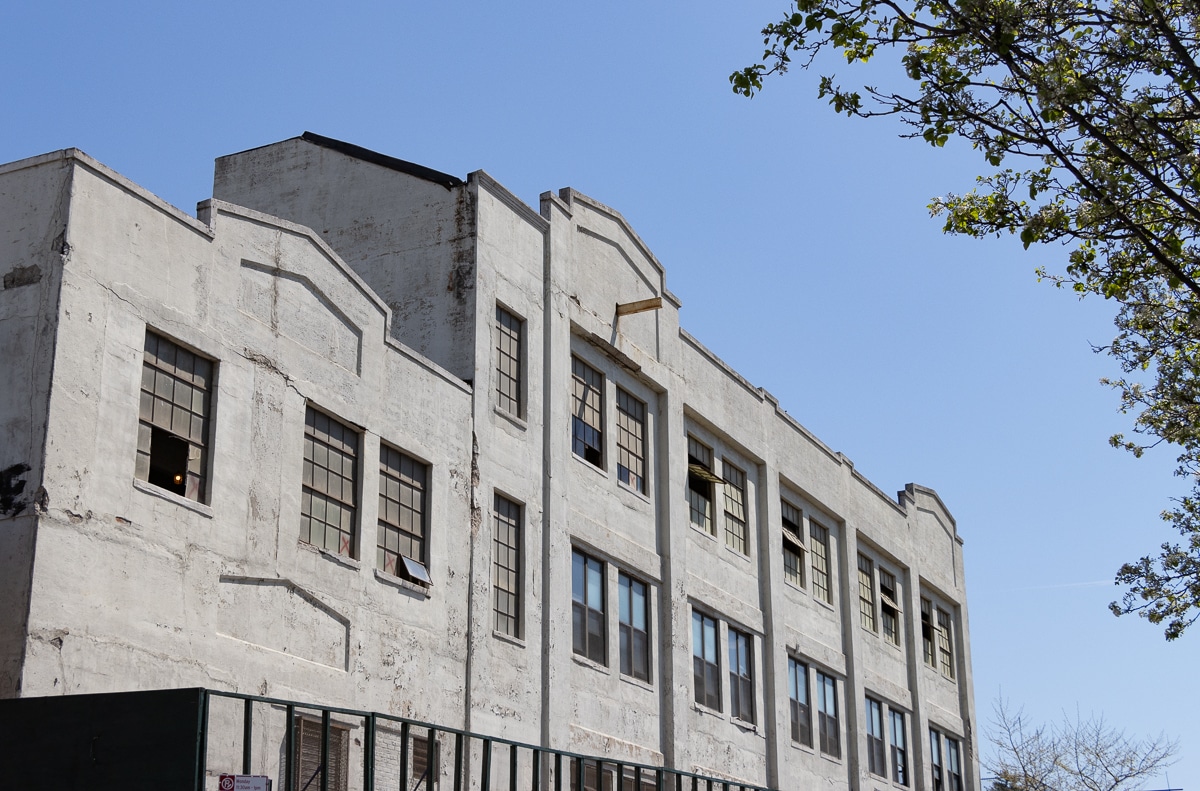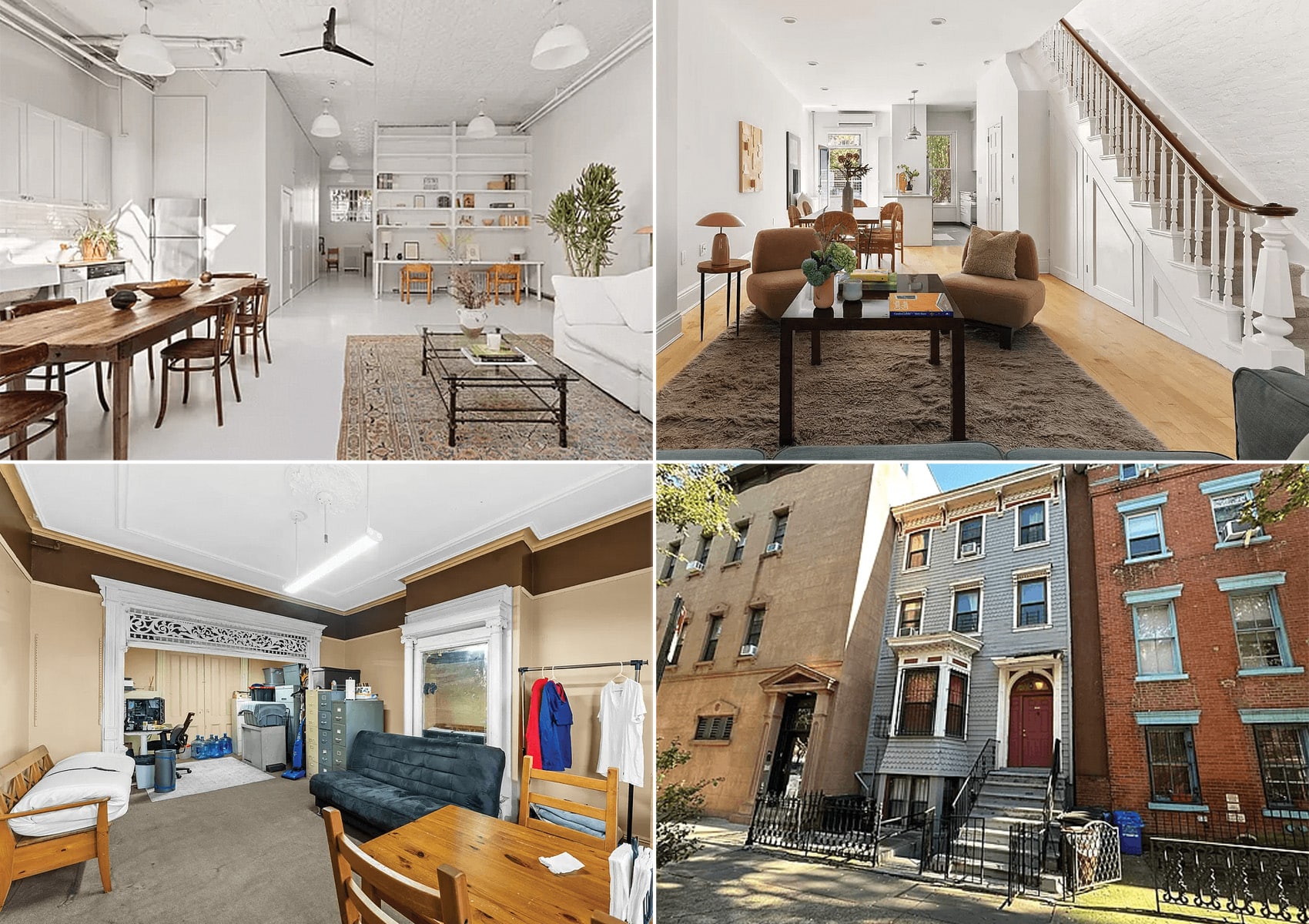Tenants of Historic Vendome Apartments Fight City and Owner for Affordable Housing
Residents of the Vendome building at 363 Grand Avenue in Clinton Hill have filed a lawsuit against the city and building owner Azad Ali in an effort to protect a decades-old agreement enabling tenants to purchase their apartments. Built in 1887, the Vendome is Brooklyn’s oldest multi-family apartment building. Gutted by a fire in 1980, the building was slated for…
Residents of the Vendome building at 363 Grand Avenue in Clinton Hill have filed a lawsuit against the city and building owner Azad Ali in an effort to protect a decades-old agreement enabling tenants to purchase their apartments.
Built in 1887, the Vendome is Brooklyn’s oldest multi-family apartment building. Gutted by a fire in 1980, the building was slated for demolition in 1987. The Vendome was landmarked in 1981 — when the Clinton Hill Historic District was established — and community members lobbied to save it.
At the time, the New York City Department of Housing Preservation and Development created a preservation plan for the site, which included keeping the Vendome as an affordable rental building for 15 years, after which tenants would have the ability to buy their units as coops or condos, according to Legal Services NYC — the organization legally representing the Vendome tenants. Tenants claim that the then-landlord signed agreements guaranteeing these terms in exchange for subsidized loans.
In 1988, the building received a New York State preservation grant for $255,000, matched by a $200,000 challenge grant from the city. The Vendome was rebuilt with 24 affordable middle-income units.
However, in 2008, the building went into foreclosure and racked up an unfortunate 177 housing code violations for everything from leaks to mold and broken windows.
In 2011, real estate investor Azad Ali — known for renovating and reselling historic homes in Prospect Park South, Ditmas Park, and Midwood — purchased the Vendome.
Tenants fear that once Ali resolves the building’s foreclosure status, they’ll be pushed out so that he can turn a profit. The building also remains in a state of disrepair.
Speaking from the front steps of the Vendome yesterday, New York State Assembly Member Walter Mosley — who represents Fort Greene, Clinton Hill, Prospect Heights, and parts of Crown Heights and Bed Stuy — said:
“Years ago, this city agency along with state government were involved in preserving the building and promised it would be maintained as affordable housing for members of the community and we must keep that promise especially in the face of an affordable housing crisis here in the city.”
city must honor its agremnt 2 Tnts of #vendome 2 keep thr Apts affrdble @UHABOrganizers@CHTenantUnion@BrooklynLegal pic.twitter.com/ldM8evTxi9
— Walter T. Mosley (@WalterTMosley) July 22, 2015
Thank you AM @WalterTMosley for coming out to support tenants at the #Vendome this morning! http://t.co/kx7sN1b1ku pic.twitter.com/nHsKpZhoJT — Legal Services NYC (@LSNYCnews) July 22, 2015
Vendome Tenants Sue to Keep Building Affordable [News 12 Brooklyn]
LSNYC and UHAB File Lawsuit to Compel NYC to Live up to Affordable Housing Promise [LSNYC]
Building of the Day: 363 Grand Avenue [Brownstoner]
New York City Seeks to Raze a Landmark [NY Times]
Top photo of Vendome building by Christopher Bride for PropertyShark












Everyone wants to be a homeowner yet few knows what it takes to maintain a home. It takes knowledge and desire to keep a home in good condition. Unfortunately these coop owners couldn’t find one person among the 25 of them to maintain this home. What’s more amazing is Brooklyn is crawling with carpenter’s, bricklayers, plumbers and Sheetrock installers; some are their neighbors.
Their second mistake was turning to a capitalist for help; they probably used the building as collateral and now regret that decision but it is too late.
The taxpayers saved you before and you blew it. Now you want to DeBlasio to rescue you all again?!
I am well aware that HPD and the City loose track of many buildings rehabbed under various community programs; that at the time of the financing and the building of such; many Politicians took much credit for.
But what mystifies me is if these tenants really believed that they were the rightful owners of their homes, why did they not form a tenants co-op years ago to keep “their” building maintained and from going into foreclosure? Instead they are just as responsible as the prior landlord for allowing it to go into foreclosure and disrepair.
They should have organized themselves years ago.
They have lost it.
If local politicians want to save low income housing, then they should do an inventory of all the subsidized buildings held under the management of various “Community Groups” HDFC’s or individual owners that are charging market rents or even worse selling at market rates and the closings only get held up for a short while, while someone in the dept of finance eventually signs off on it because they do not know what to do! Or the buyer is made aware, do not try to sell again until “it expires” and the subsidy goes away! “keep it quiet, you have a bargain” Real estate taxes of less than $1,000 a year for a prime 3 family in Fort Greene! for example. (recently re-sold for $3,000,000+/-
Aha: More clarity in the link to LSNYC (which should have been clarified in the article above):
” In exchange for subsidized loans and other government funding, the landlord signed agreements guaranteeing the tenants the right to buy their building and convert it to affordable coops or condos. The City and the State, however, fell asleep at the wheel while the owner illegally sold the building to a for-profit developer who will likely seek to displace the tenants and take advantage of the soaring rents in this gentrifying neighborhood. The City and State have also sat by passively while the building slipped into foreclosure and disrepair. The tenants at 363 Grand therefore have no choice but ask the courts to enforce their rights under the regulatory agreements and protect them from displacement and homelessness.
“Today I stand with the tenants of 363 Grand Avenue because HPD is refusing to enforce a land use agreement on this historical landmarked site” said New York State Assembly Member Walter Mosley. “Years ago, this city agency along with state government were involved in preserving the building and promised it would be maintained as affordable housing for members of the community and we must keep that promise especially in the face of an affordable housing crisis here in the city.”
“The City cannot possibly achieve its goal of preserving affordable housing when even buildings supposedly protected by regulatory agreements continue to be lost due to lax enforcement,” said Maura McHugh Mills, attorney at Legal Services NYC’s Brooklyn Program. “We call on the City and State to step up and protect the tenants at 363 Grand Avenue and in numerous similar buildings in the five boroughs.”
Well, a fifteen year agreement with the prior owner was a contract. And that contract apparently compelled the sale of units as affordable condos or coops to the then-tenants in 2003 or 2004. The City and the tenants did nothing to enforce the agreement at that point. Isn’t there a six year statute of limitations on contract litigation in NYS? I hope the tenants win, but why didn’t they go after the City and State for enforcement a long time ago, when they were supposed to be able to purchase?
Because they were living rent free and they did not want to interfere with that. They thought they’ll be able to take advantage of the system and live rent free forever.
It sounds like the agreement was executed in 1988. That would mean it bound then-owner to keep the rents affordable until 2003, and to then give the tenants an opportunity to purchase. The grants went to the prior owner, not the current one. So it would seem to depend on whether the agreement executed by the prior owner (a) bound ONLY that owner (who apparently didn’t honor it as of 2003), or (b) made the building’s affordable status perpetual, and carried over to the next owner, Mr. Ali (which seems unlikely – why would an investor purchase a problem building under those circumstances? He undoubtedly ran a title search and was aware of the 1988 agreement). The property didn’t go into foreclosure until 2008 (five years AFTER the tenants were supposed to be able to purchase), and Mr. Ali didn’t purchase it until 2011. So my question is, if the tenants expected the 1988 agreement to be honored, why didn’t Legal Services NYC and their clients make their move in 2003, at the end of the 15 year period – long before Mr. Ali purchased the building? Mr. Mosely’s statement, in light of the information in the article, seems very misleading, as there’s nothing to indicate that “this city agency along with state government were involved in preserving the building and promised it would be maintained as affordable housing for members of the community” IN PERPETUITY. There’s also nothing in the article indicating that the promised sale as condos or coops would be at anything other than then-current prices. So a lot more information about the original agreement and the failure of the tenants to enforce the agreement in 2003 is required in order to make a reasonable evaluation of the circumstances involved.
Walter Mosley….they promised to keep the building affordable for 15 years; now your supporters need to buy their units or move out. Enough of taking advantage of the system on the backs of hard working New Yorkers.